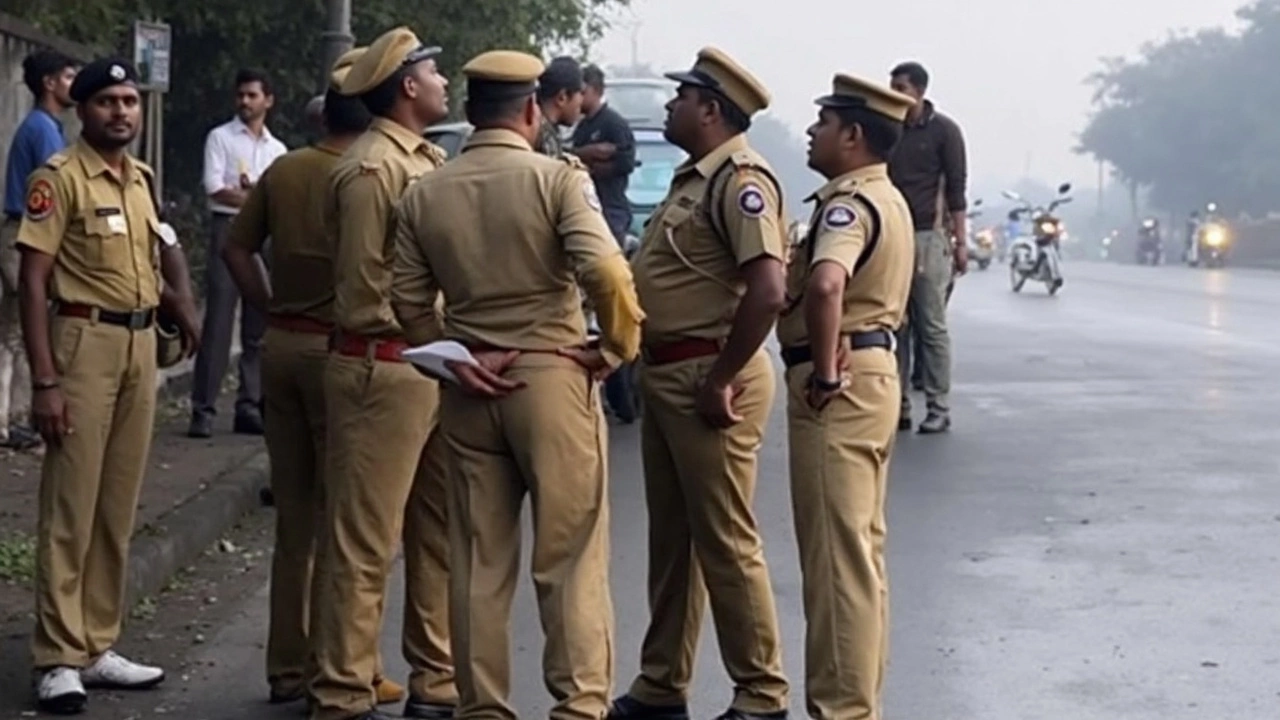
BSNL’s Big Move to Tackle Network Black Spots in Darbhanga
It’s tough to imagine life these days without reliable mobile coverage. Yet, in large pockets across Bihar’s Darbhanga district, that’s been the reality—plenty of blank spots on the map, especially for folks in rural areas. BSNL wants to fix that. The company is setting up 175 new BTS towers across the district. If you’re not familiar with the term, Base Transceiver Stations (BTS) are the backbone of mobile networks and crucial for expanding 4G access.
This isn’t a random push. The idea is to cover every nook and cranny where people still wave their phones around, hoping for that elusive bar of signal. Out of the 175 new towers planned, 19 spots have already cleared the paperwork hurdle. These are not just any spots—they’re places that, until now, have been practically disconnected. Construction and installation are already lined up, and BSNL says more sites will get the nod soon.
Leveling Up 4G in Rural Bihar
Darbhanga’s story is far from unique. Across India, a gap exists between urban hubs with fast internet and rural areas where even a basic call can stutter. The fresh rollout in Darbhanga is a local take on a bigger national goal—the so-called 4G saturation initiative. Instead of waiting for private network giants to fill in the blanks, the government-backed BSNL is stepping up. The gear itself is developed in India, a nod to the push for home-grown tech solutions.
Think about what this means for everyday life. In villages previously cut off, new towers will open up consistent access to government services, better school resources for kids, and smooth connections for businesses that would rather not drive for miles just to send a file or make a call. Farmers can get real-time weather updates or check in on the latest market prices without heading into town.
This network expansion isn’t just about dropping hardware into fields and waiting for bars to light up. It demands precise planning—choosing spots based on need, local geography, and potential users. Plus, rolling out dozens of towers is a logistical feat, from transporting equipment on challenging roads to setting up reliable power sources in off-grid locations.
With each new tower, that digital gap in Darbhanga gets a little bit smaller. Residents who couldn’t join video calls or use online services will soon find life a lot more connected. The goal is clear: nobody in Darbhanga should be left searching for a signal ever again.